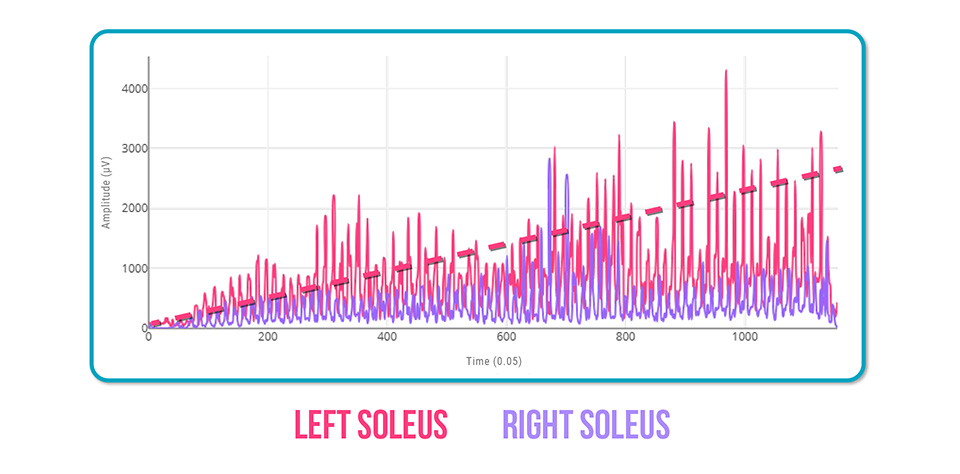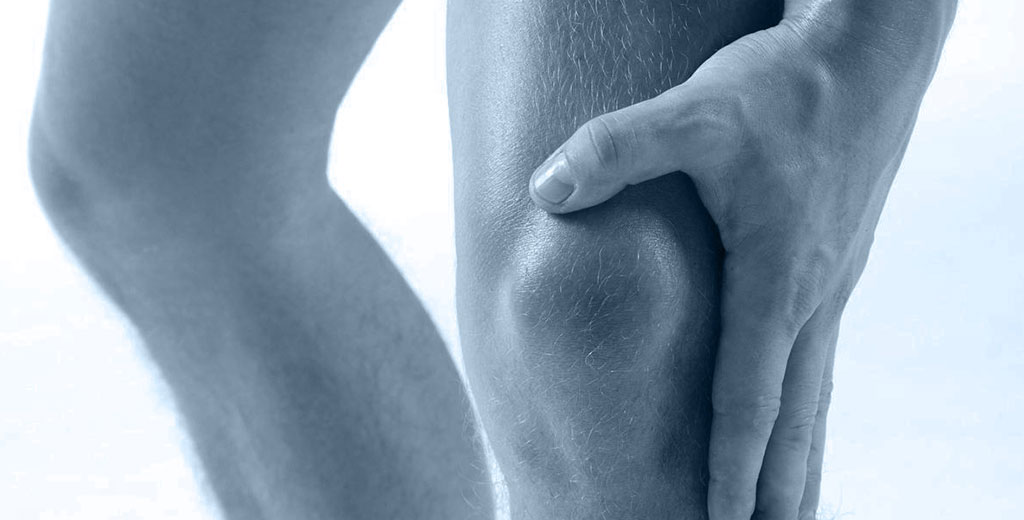In the world of running, the challenge isn’t just to train more—but to train better. One of the keys to achieving that is early identification of muscle fatigue, especially in critical muscles like the soleus.
This deep muscle, located beneath the gastrocnemius, is a major stabilizer of the ankle and knee during running. It helps absorb impact with every stride, regulates propulsion, and is particularly active in middle- and long-distance runners.
However, its importance often goes unnoticed—until fatigue or injury shows up.
Want to start analyzing what the eye can’t see?
👉 Contact mDurance and discover how to integrate EMG into your assessments and treatments.
In this post, you’ll learn how to identify a fatigued soleus using surface electromyography (EMG), what the consequences are, and how to intervene safely and effectively.
Why Is It So Important to Detect Soleus Fatigue?
The soleus works hard during running, and when it begins to fatigue, it can alter running mechanics—often without the runner realizing it.
Common risks of an overactive or fatigued soleus include:
❌ Chronic overuse, which may lead to overload or tendinopathy
❌ Inefficient muscle compensations, with other muscles (like the gastrocnemius or posterior tibialis) trying to take over roles they’re not meant to
❌ Reduced stride efficiency, increasing perceived effort and decreasing performance
These issues are often invisible to the naked eye, but can be accurately measured with surface EMG.
Real Case: How to Detect Soleus Fatigue with EMG
A 35-year-old runner visits the clinic for recurring discomfort in the left leg after long training sessions. There’s no acute pain and no visible alterations in running form.
However, the EMG analysis reveals something you wouldn’t catch by observation:

A progressive increase in soleus activation on the left side as the session progresses
This indicates that the muscle is gradually fatiguing and, unable to maintain its stabilizing function, begins to overactivate to compensate—creating added stress and increasing the risk of injury.
This pattern would be invisible without EMG, but with real data, the clinician can act early and effectively.
Strategies to Retrain an Overactive Soleus
Once fatigue is identified, it’s crucial to design a recovery and retraining program. Here are some of the most effective actions:
- 1. Neuromodulation
Helps reduce soleus overexcitation, creating a better baseline for retraining.
- 2. Neuromuscular Reeducation with Biofeedback + Strength Training
Using biofeedback, patients can visualize and control their soleus activation in real time.
They learn to activate it efficiently and avoid compensations.
- 3. Running Technique Optimization
Assess foot strike pattern and alignment during stride. Poor technique may be the underlying cause of overload.
- 4. Smart Training Periodization
Alternate intense sessions with active recovery days and vary training intensity to prevent the soleus from becoming a performance bottleneck.
Conclusions
Identifying overuse patterns without objective tools is nearly impossible. With surface EMG, you can:
- ✅ Detect invisible imbalances before they lead to injury
- ✅ Design fully individualized training and recovery plans
- ✅ Educate patients, helping them understand their body and engage more actively in their treatment
Start by analyzing what the eye can’t see.
👉 Contact mDurance and discover how to integrate EMG into your assessments and treatments.

